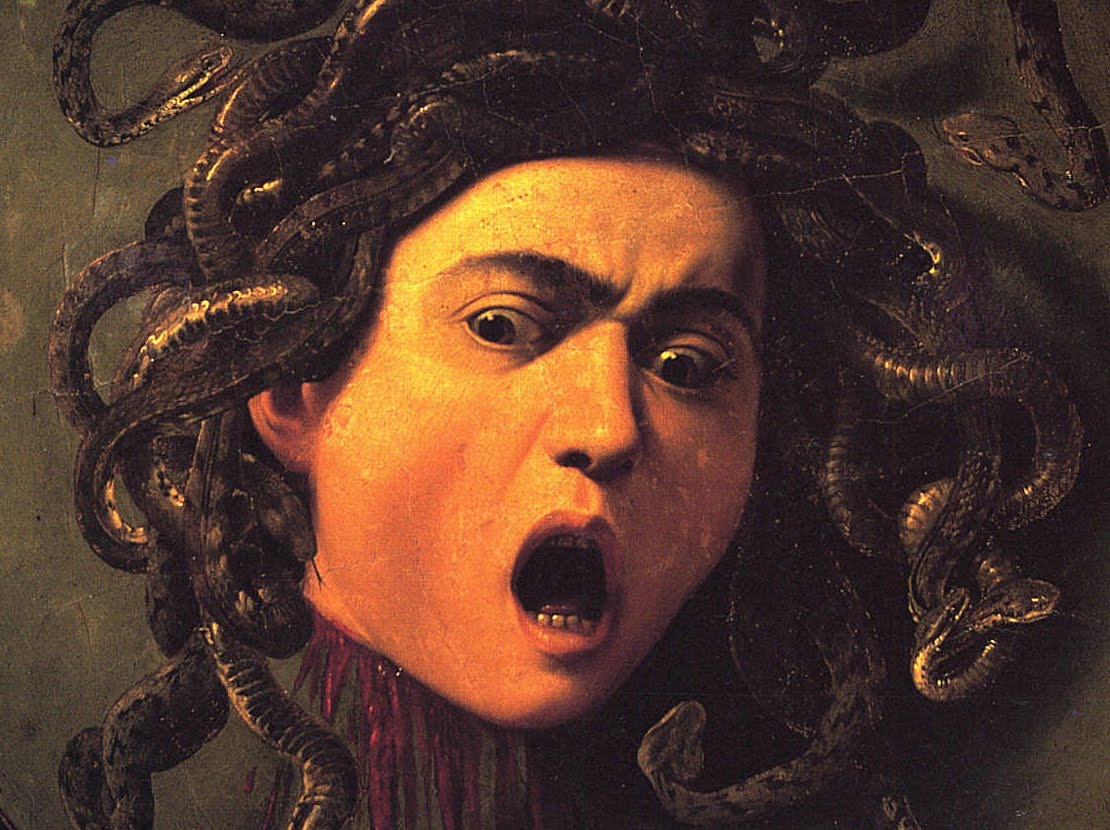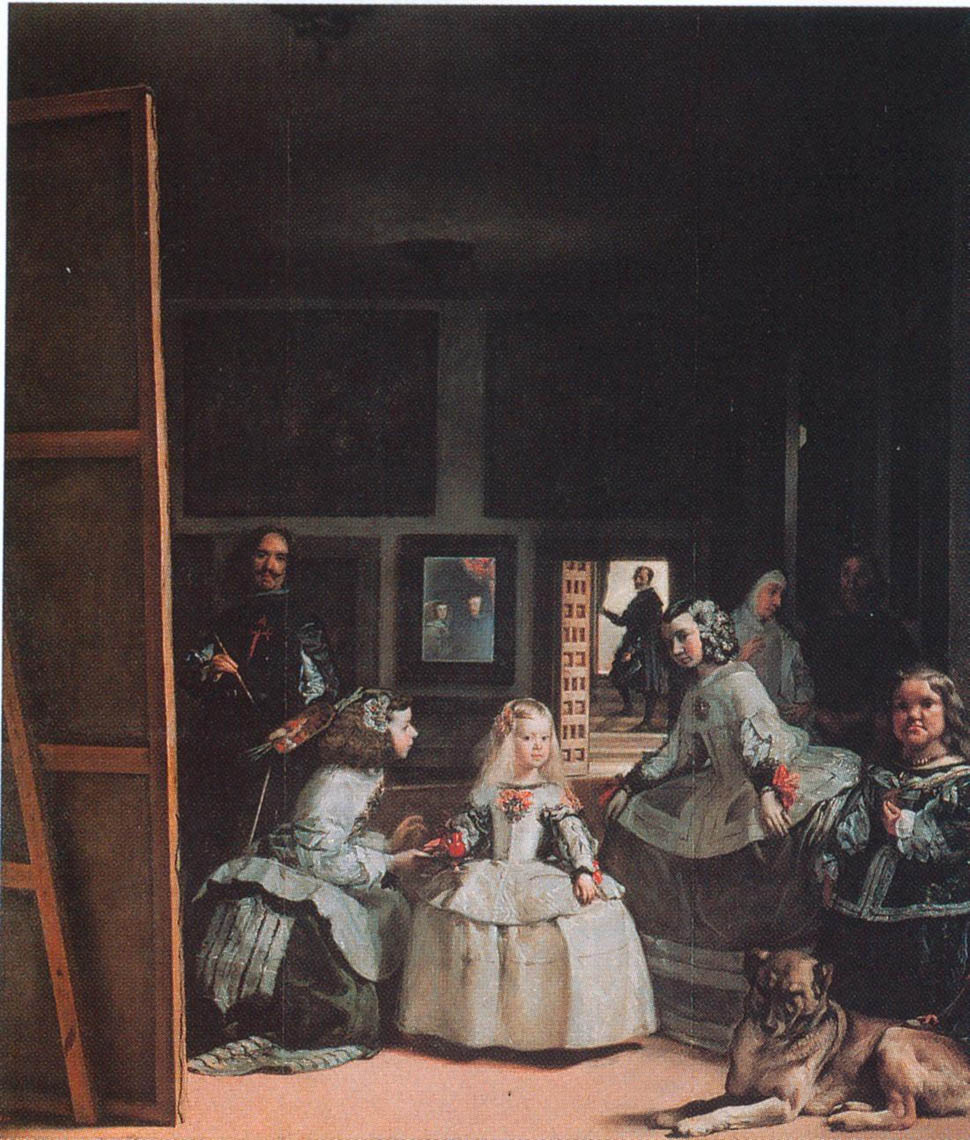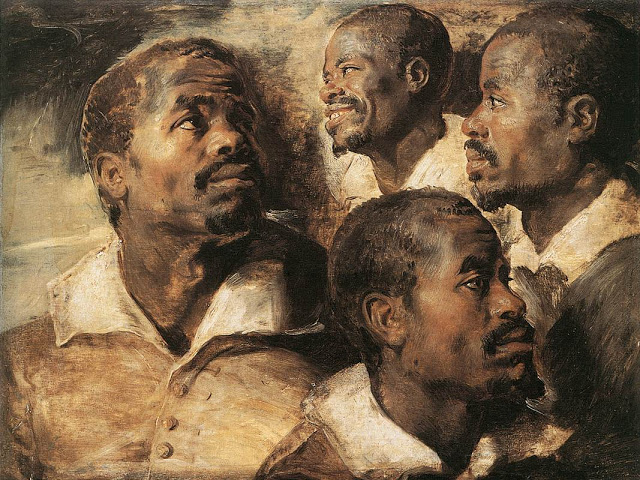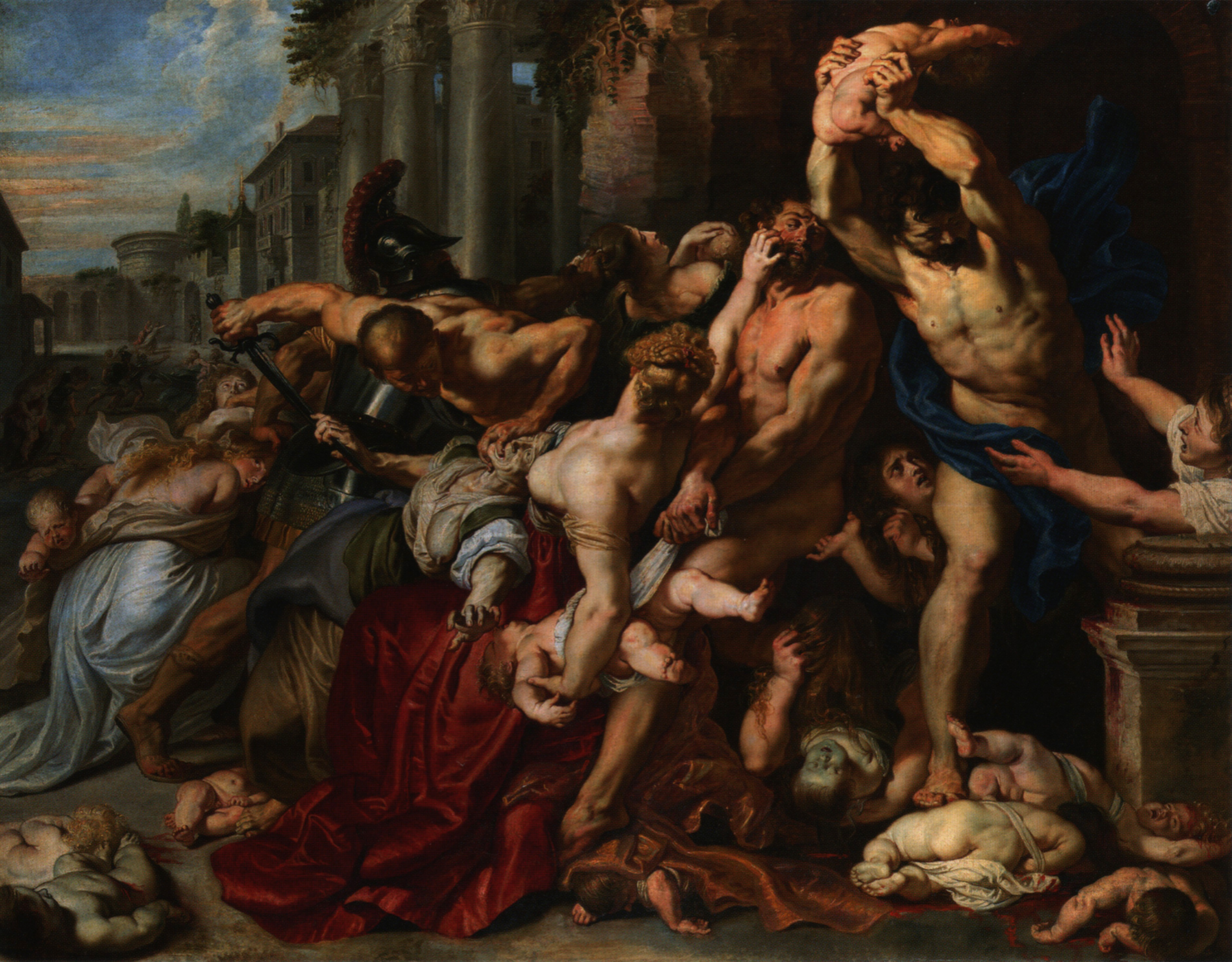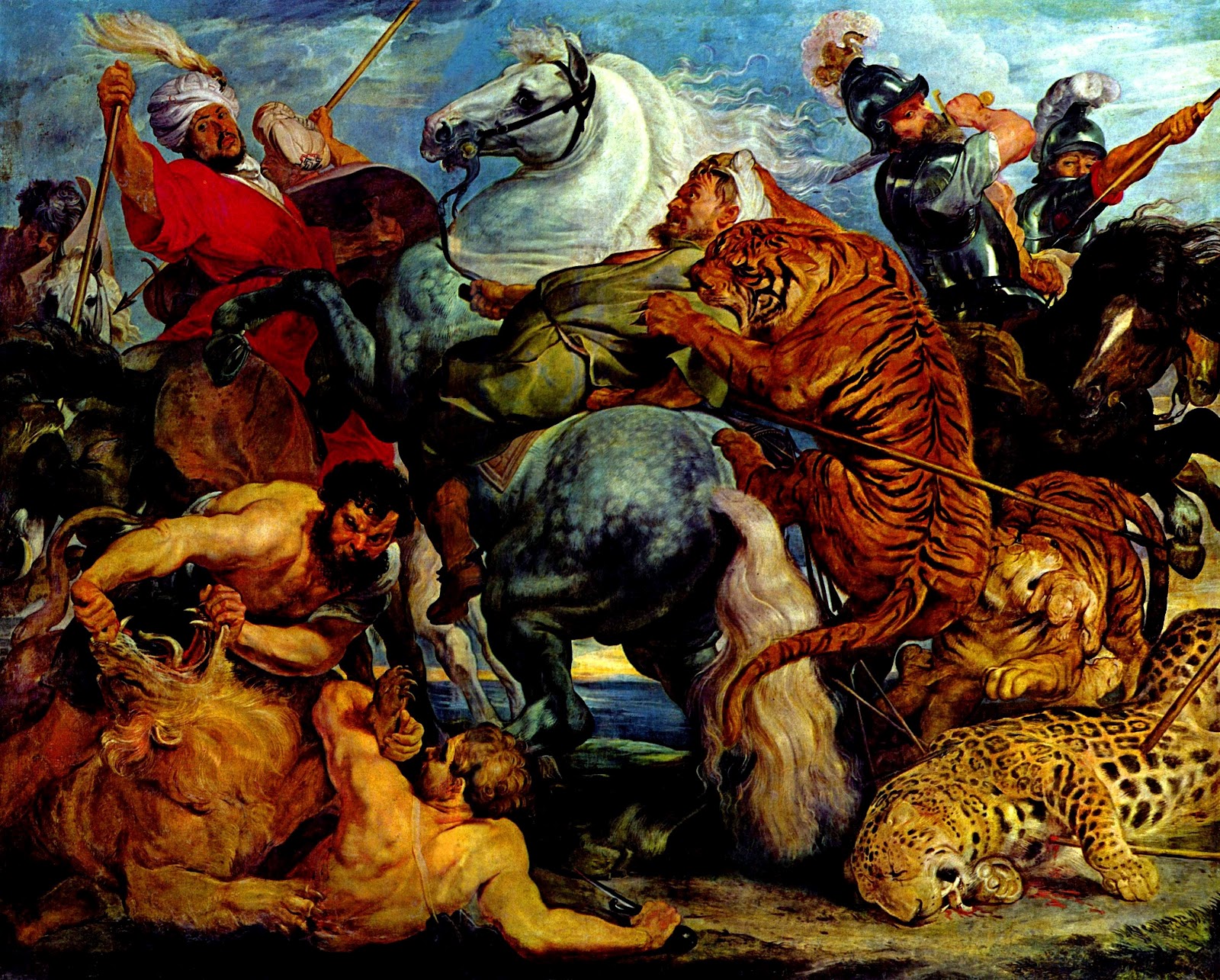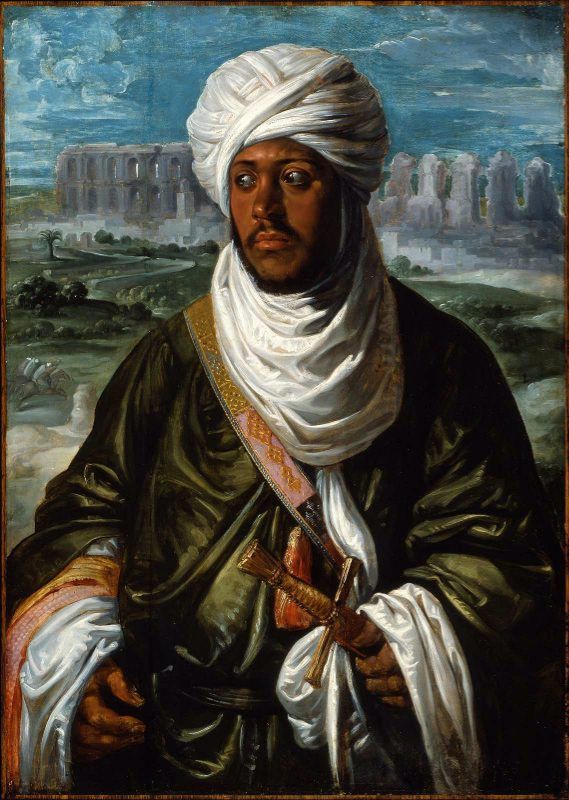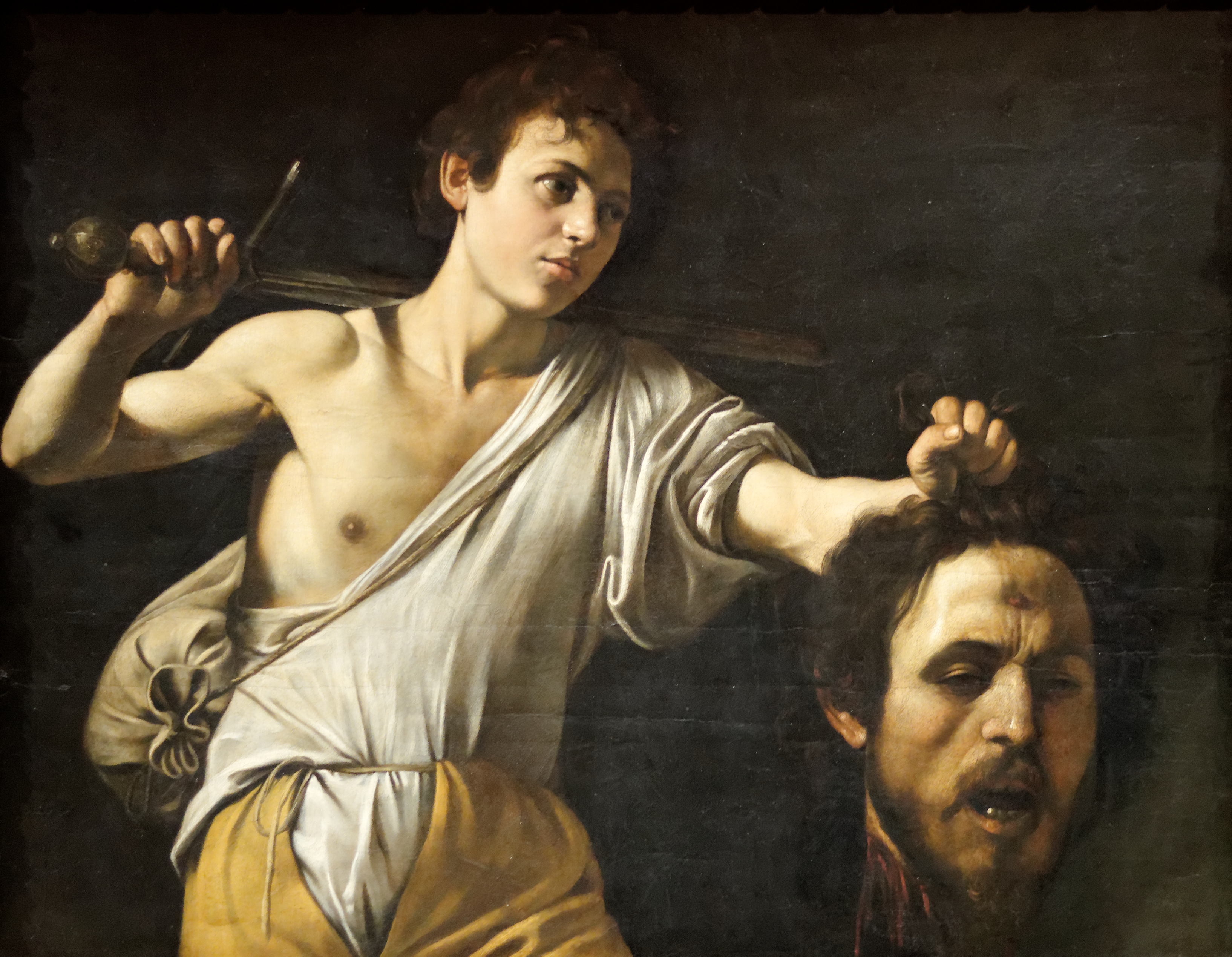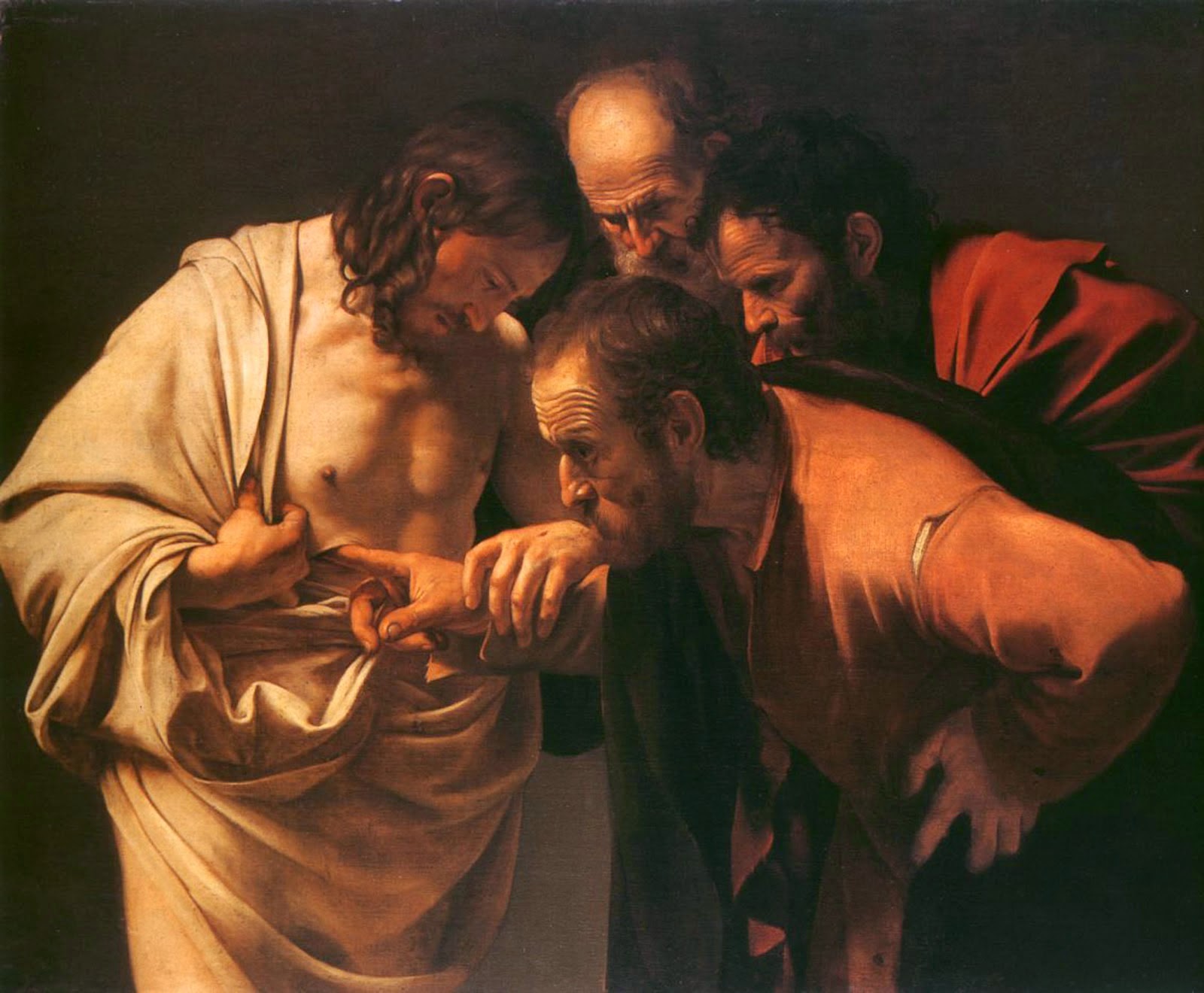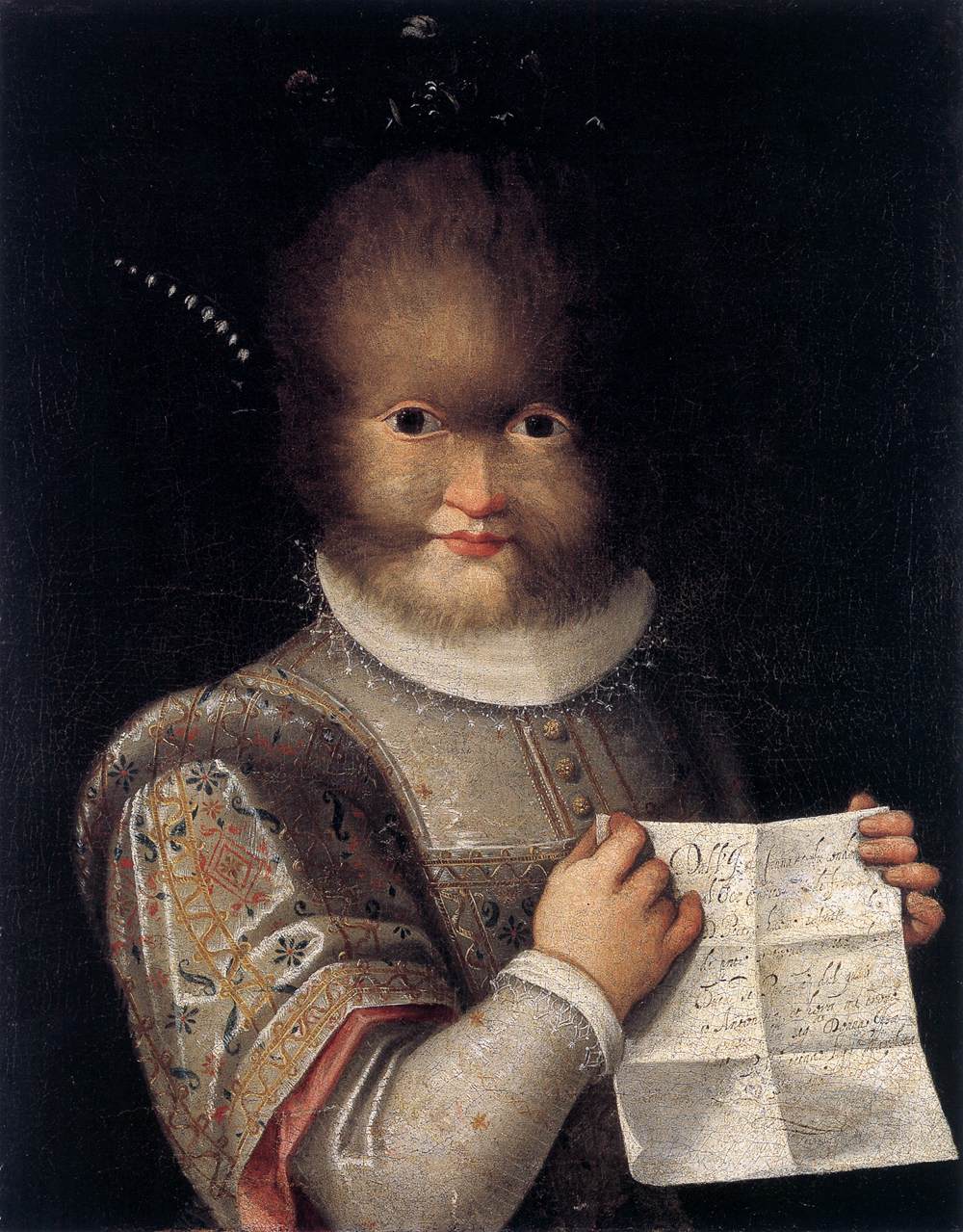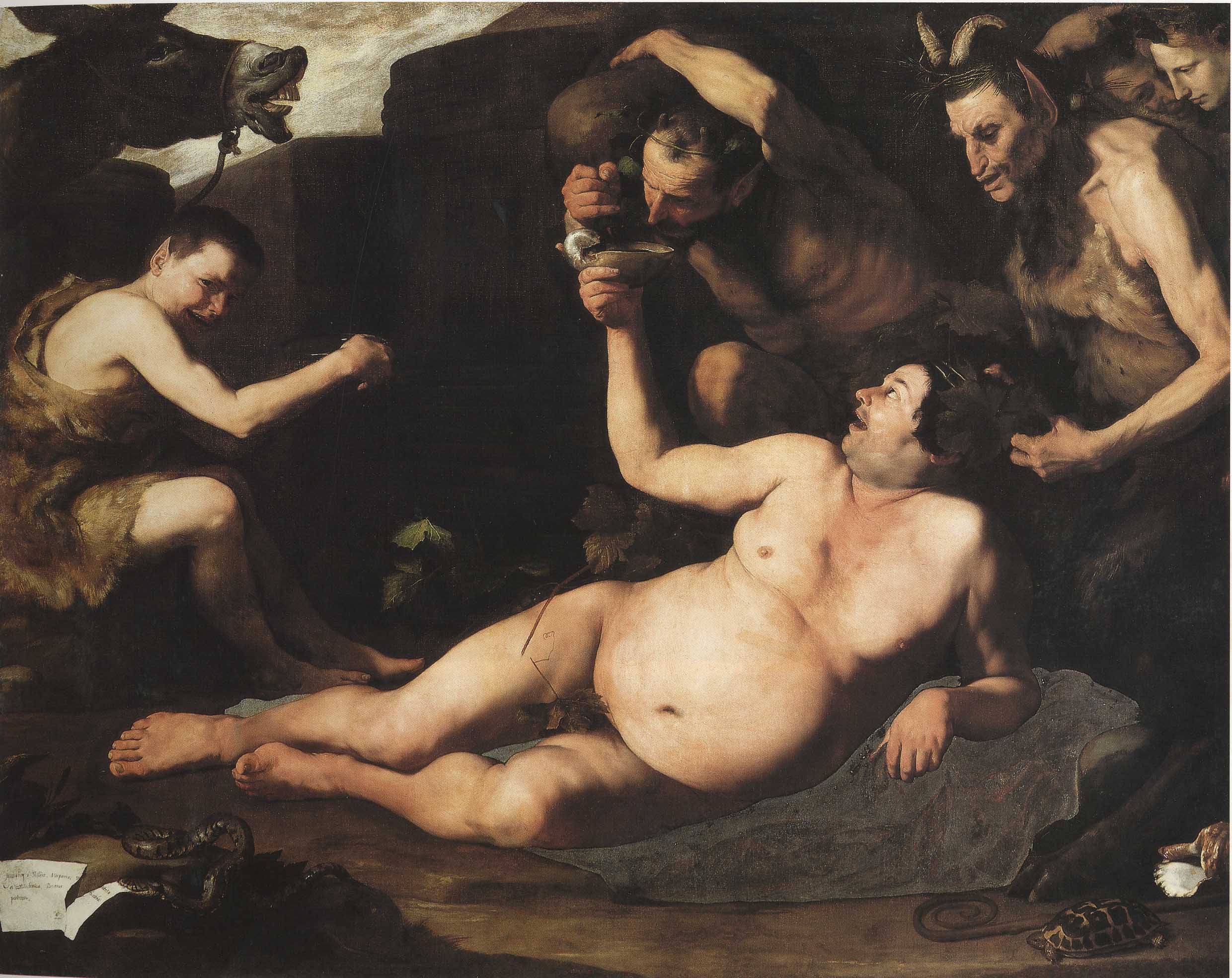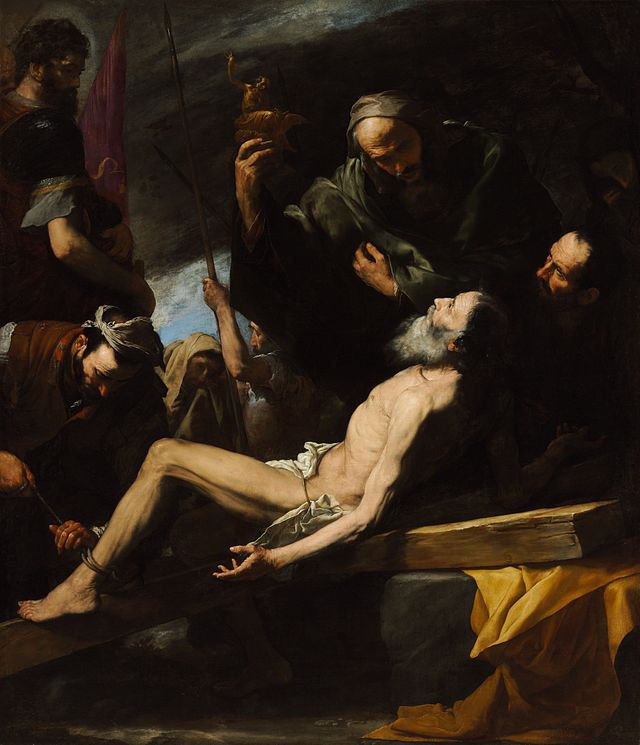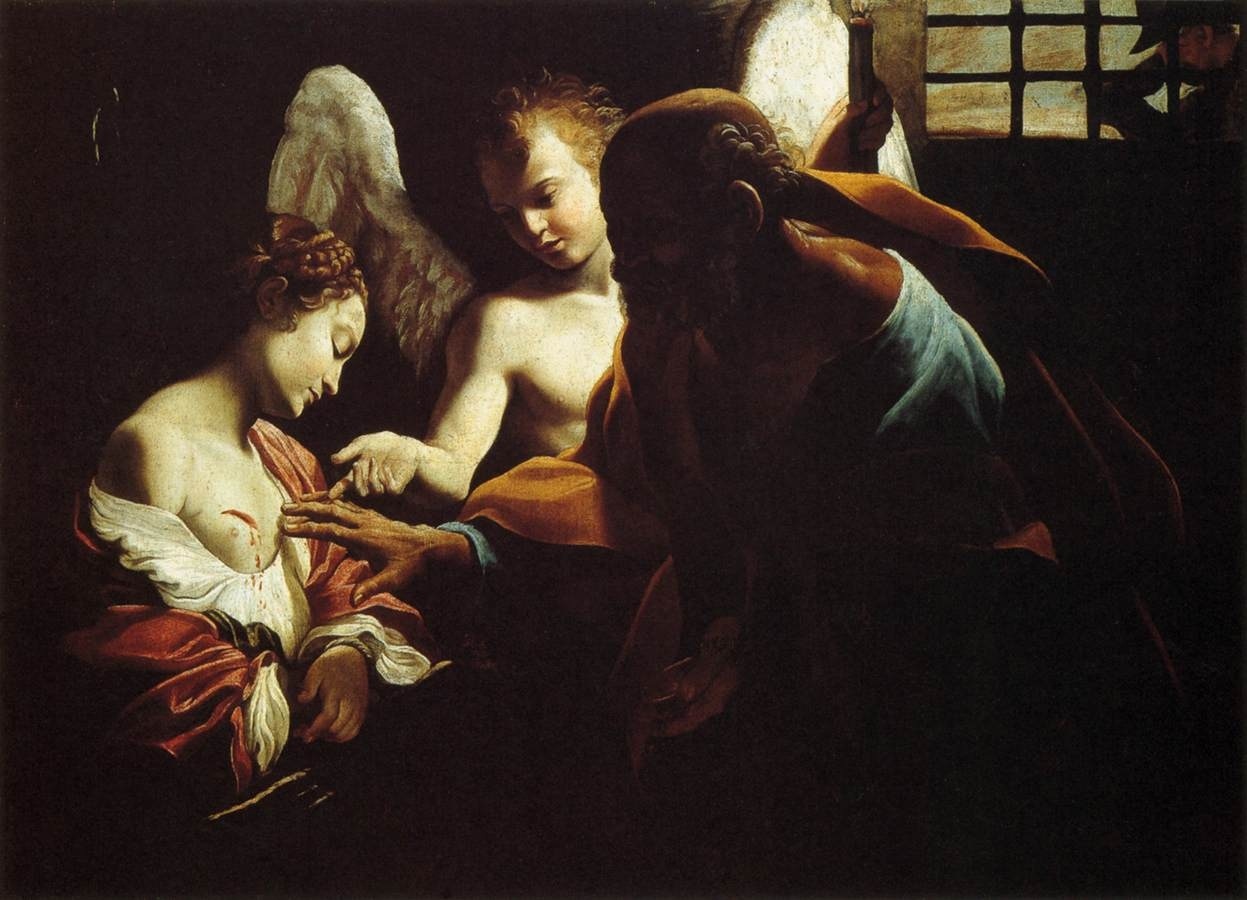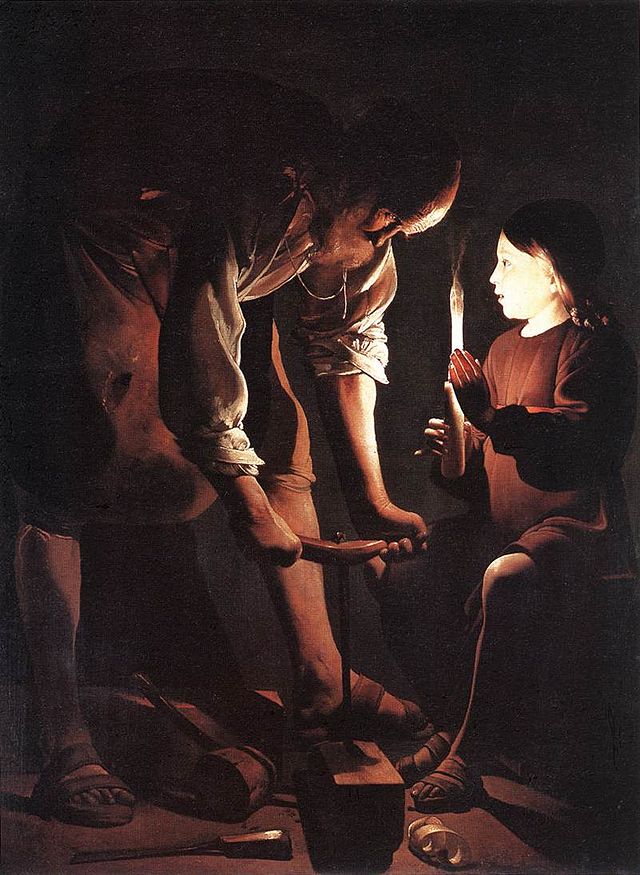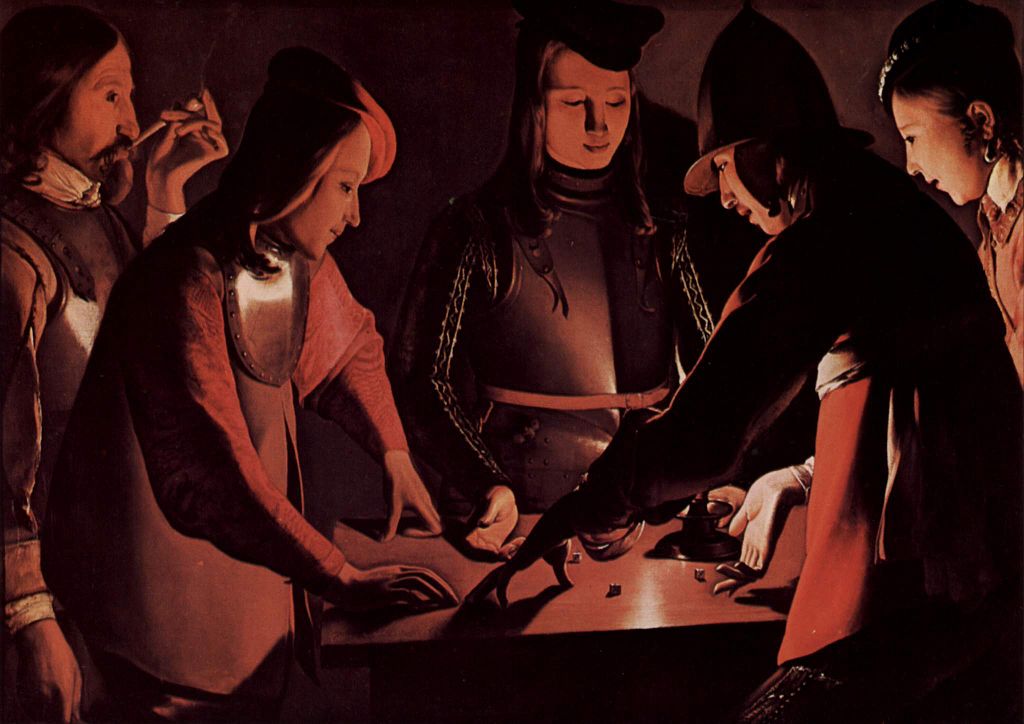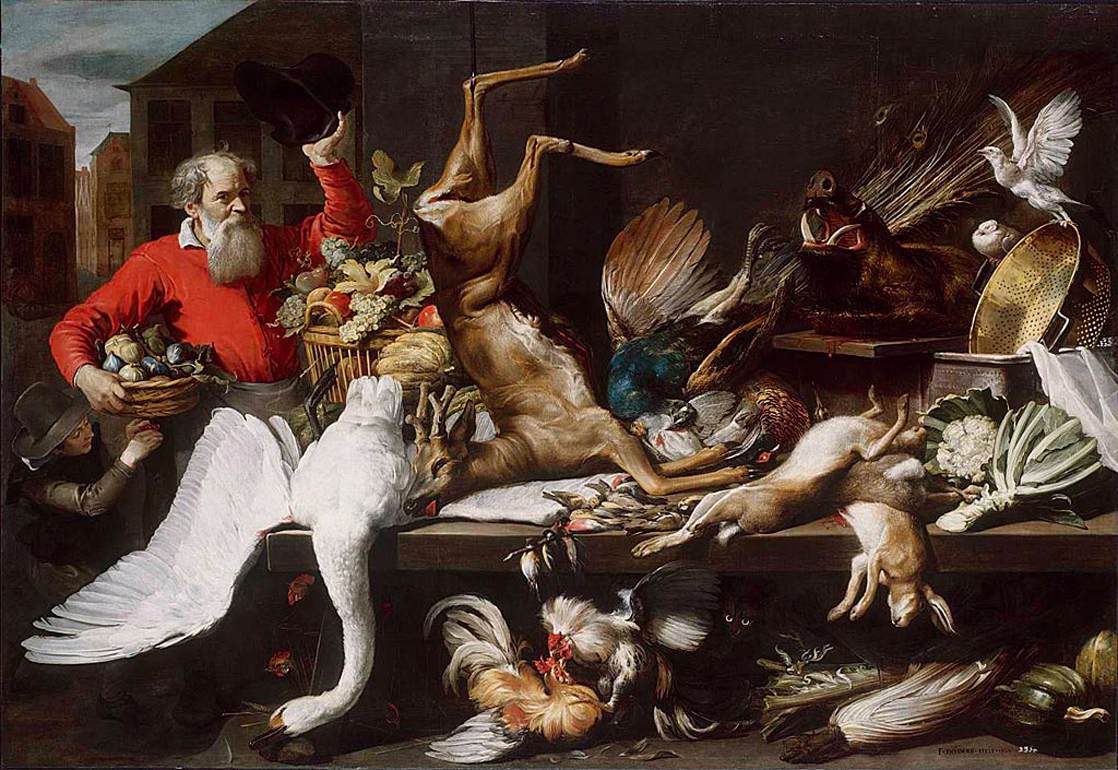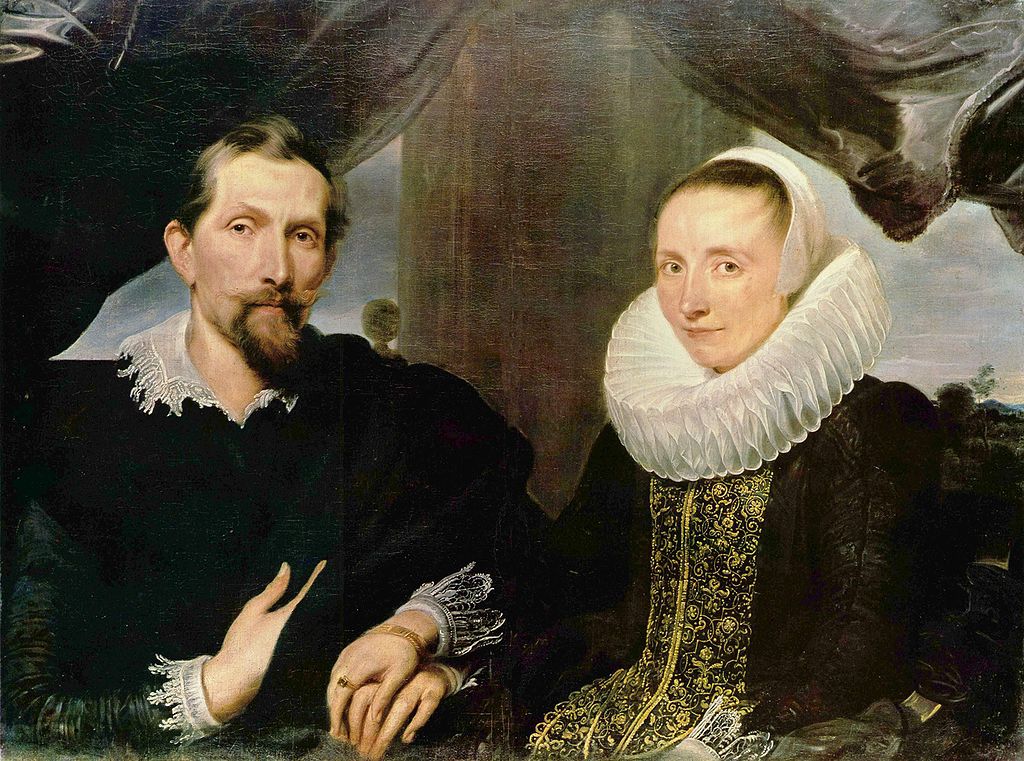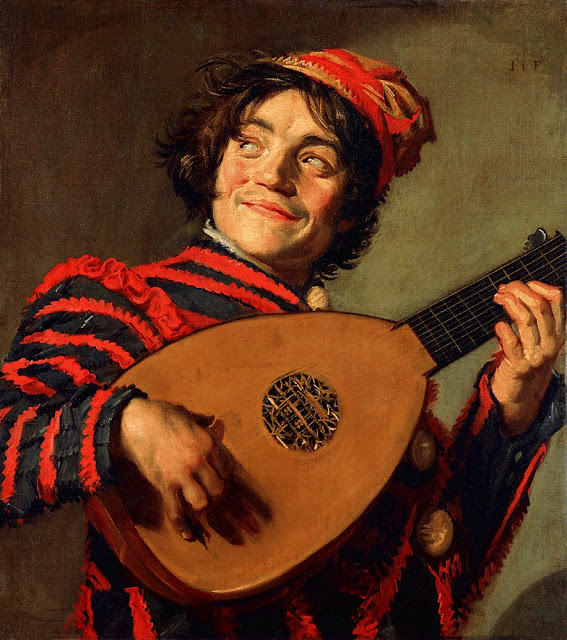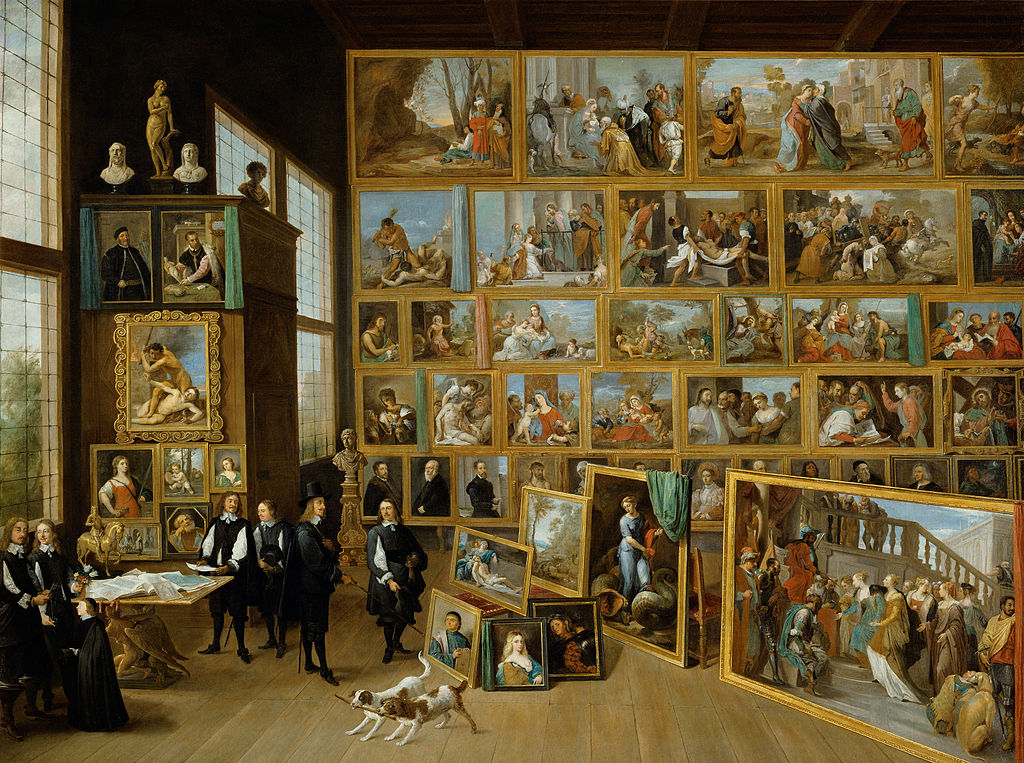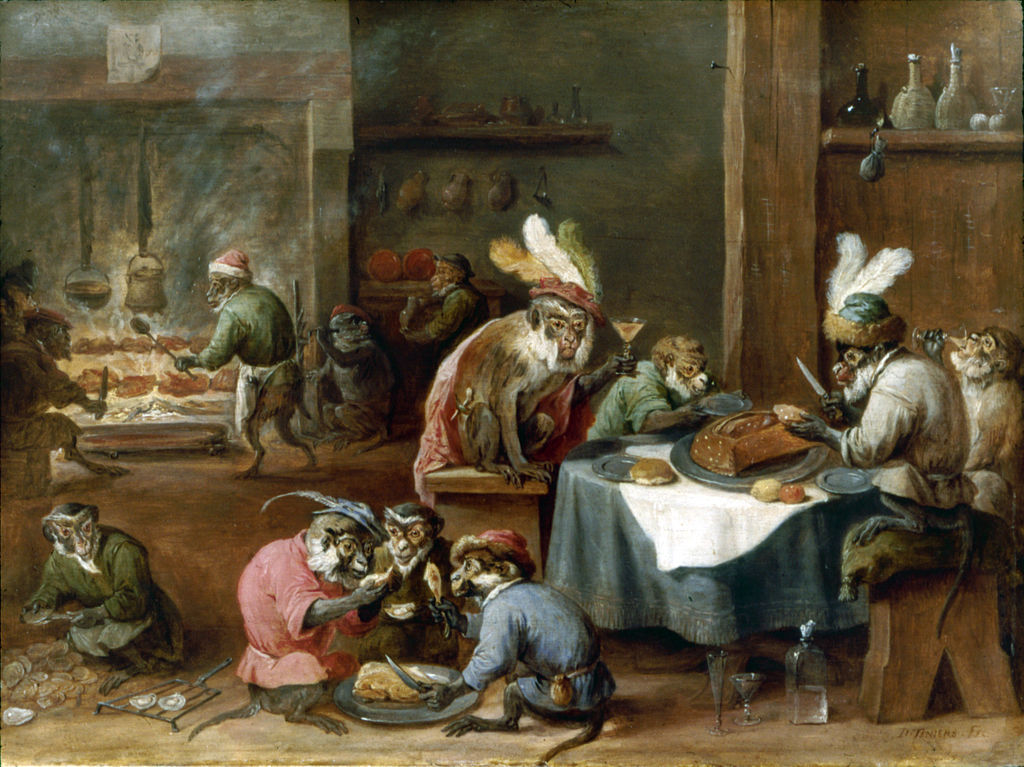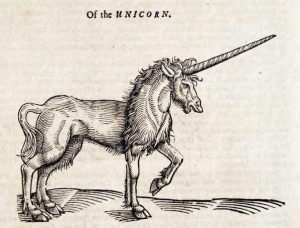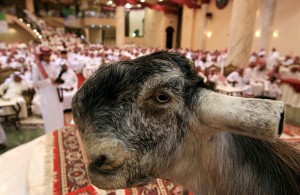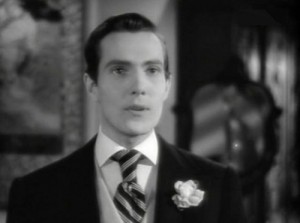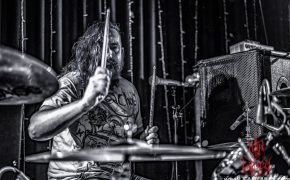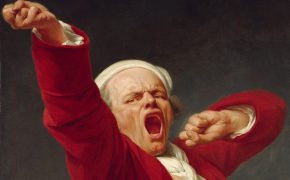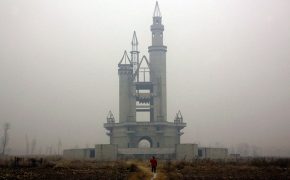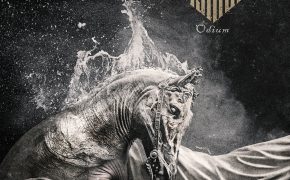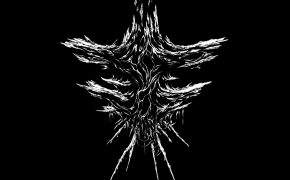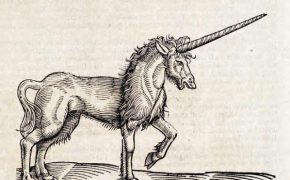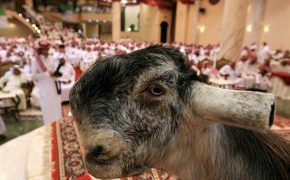Baroque Painting At Its Best & Most Sinister
Baroque painting first appeared on the scene around 1600 and continued until the early 18th century.
Unlike the much more subdued Renaissance movement, Baroque is designed to scream at you from the canvas. It’s all gaudy colours, gore, and action.
Renaissance art was more muted and often included figures simply waiting for things to happen or relaxing after the main event. In contrast, Baroque has monsters aplenty, people being eaten by lions, and decapitations.
Here are a few exquisite examples:
Velázquez – The Maids of Honor – 1656
Velázquez was an influential painter in the court of King Philip IV in Spain. He was best known for his portraits and completed many for the royal household.
Pablo Picasso, Salvador Dalí, and Francis Bacon, all paid tribute to Velázquez by recreating some of his most famous works.
Peter Paul Rubens – Slave Portrait
Rubens, a Flemish man, was well-regarded in Baroque circles. The above portrait of a slave was unusual for the time. Paintings were important, and took considerable time and effort.
Painting a slave would not have been looked on favourably back then.
Rubens fathered eight children in all and eventually died from heart failure caused by incessant gout.
At a Sotheby’s auction in July 2002, Rubens’s newly discovered painting, Massacre of the Innocents (below), sold for £49.5 million.
Peter Paul Rubens – Tiger And Lion Hunt
Peter Paul Rubens – Persian
Caravaggio – David With Goliath’s Head
Caravaggio is arguably the most famous of the Baroque artists. The Medusa head at the top of the article is his.
He burst onto the Roman art scene in 1600 and made a big name from himself. From then on, he never struggled to get commissions.
He was well-renowned and cash-rich. However, he didn’t really handle his fame particularly well. He was arrested several times, smashed up his own flat, and finally received a death threat from the Pope. Someone wrote this about Caravaggio in 1604:
“After a fortnight’s work he will swagger about for a month or two with a sword at his side and a servant following him, from one ball-court to the next, ever ready to engage in a fight or an argument, so that it is most awkward to get along with him.”
In 1606, he killed a man in a brawl and fled from Rome. He got caught up in another fight in Malta in 1608 and another in Naples in 1609.
Eventually, he died in mysterious circumstances in Tuscany whilst on his way to receive a pardon from the Pope. At one point, he was made a knight but was fairly swiftly removed “as a foul and rotten member.”
Caravaggio – The Incredulity of Saint Thomas
Although Caravaggio was popular in his day, he was forgotten almost as soon as he died. It was only in the 20th century that he was rediscovered and received posthumous accolades for his addition to art history.
Lavinia Fontana – Portrait of Antonietta Gonzalez
Lavinia was a prominent painter in the school of Bologna. She was the most prolific pre-1700 female artist, with over 100 paintings in her collection.
The painting above features a little girl with hypertrichosis, a condition where excess hair grows all over the body.
Antonietta Gonzalez, her two sisters, and various other family members also had this incredibly rare condition. An observer at the time wrote that “the Gonzales sisters were one in a billion – all three of them.”
Jusepe de Ribera – Drunken Silenus – 1626
Ribera was born in Spain but completed the majority of his work in Italy. Ribera was a Tenebrist painter, meaning that the darkness in his work was as important or even more important than the light.
Tenebrism is often cited as having been started by Caravaggio. This is another of Ribera’s… focus on the darkness my children…
Giovanni Lanfranco – St Peter Healing St Agatha
Lanfranco was another painter with Tenebrist sentiments, but he also had a Mannerist edge to some of his works.
Mannerism kicked against the Renaissance ideals of harmony in composition and erred towards tension and instability rather than naturalistic perfection.
Georges de La Tour – Saint Joseph Charpentier – 1642
George de la Tour was Frenchman who predominantly painted people who lit only by candlelight. So, Tenebrist notions were in full effect.
De la Tour was given the title “Painter to the King” in 1638 and earned a fair wage for his work.
The painting below — Dice-players — was probably his last work, completed around 1651.
Frans Snyders – Dead Game, Fruits, and Vegetables in a Market
Snyders was Flemish, and often focused on animals and still-life. He was one of the earliest animalier painters i.e., animals were his specialty.
Below is a painting of Snyders and his wife by Anthony van Dyck:
Frans Hals – Buffoon Playing a Lute
Buffoon seems a bit harsh. He just looks happy to me. Hals was an Antwerp-born son of a cloth merchant.
Hals got a bad name for himself through no fault of his own. Early biographers accused him of being a wife-beater. In reality, it was a resident of the same town with the same name who had been beating his wife. Hals didn’t even have a wife at the time.
Other stories of him being a booze hound seem to have been false too, based on hearsay and older biographers’ work.
Hals often painted married couples and portraits in general. The most famous of these is probably The Laughing Cavalier.
His technique was looser than many other Baroque artists and it wasn’t until the Impressionist movement of the 19th century that his style became popular again.
David Teniers the Younger – The Archduke Leopold Wilhelm in his Gallery in Brussels
Tenniers was another Antwerp-born artist, son of, guess who?…. that’s right, David Teniers the Elder. He covered a wide variety of subject matter:
Thanks for joining me on that mad dash through Baroque era artistry.

